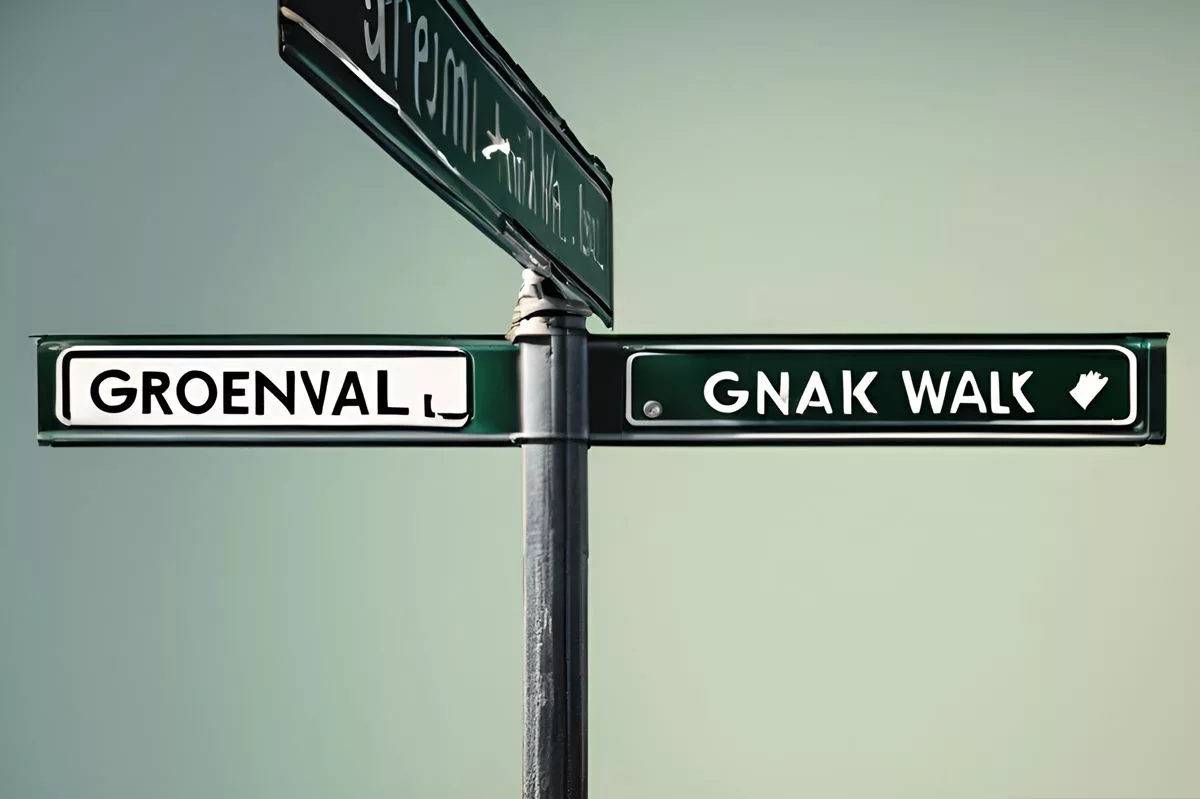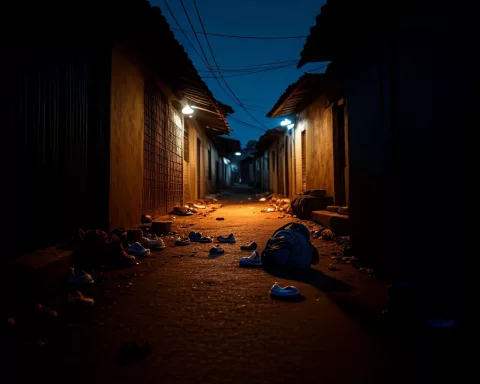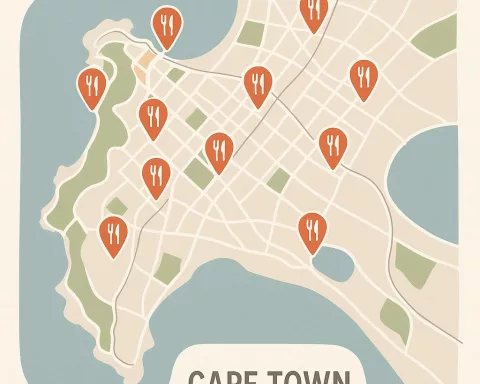For over a decade, the disappearance of three young girls, including six-year-old Shasha-Lee November, has haunted the streets of Groenall Walk. Despite criticisms of the initial investigation’s inadequacies, the case remains unsolved. However, there is hope for resolution as the case is revisited by authorities and advocacy groups continue to search for leads. The tragedies serve as a reminder of the need for thorough investigations and a safer, more vigilant future.
What Happened to Shasha-Lee November and Other Girls in Groenall Walk?
Over ten years, three young girls, including Shasha-Lee November, disappeared from Groenall Walk with no leads. Colonel Dawood Laing criticized the initial investigation, highlighting the inadequacies in the questioning of Shasha-Lee’s parents and the Department of Social Development’s lack of support. Despite the case remaining unsolved, there is hope for resolution as the investigation continues.
A Series of Disturbing Disappearances
On the bleak sidewalks of Groenall Walk, Hanover Park, a chilling saga begins to surface. Shasha-Lee November, a six-year-old girl, mysteriously vanished from her home on 3 May 2015. Her unexplained disappearance was the genesis of a terrifying sequence of similar incidents that would eventually cast a pall over the notorious neighborhood.
Over ten years, three young girls, Shasha-Lee, Sadieka Titus (16), and Michelle Plaatjies (16), inexplicably faded from existence, leaving no leads behind. Plaatjies, a resident of Groenall Walk, was the first to disappear in October 1999. Titus, who lived in the same vicinity, went missing on 24 March 2013. To this day, their whereabouts remain an unsolved mystery.
A Cold Case Revisited
Nine years later, Shasha-Lee’s case is dusted off and revisited. This act brings back uncomfortable memories of past failures but also presents a chance to glean lessons from these previous errors.
Colonel Dawood Laing, the station commander at the time of Shasha-Lee’s disappearance, points out the inadequacies in the investigation. His commentary is prompted by the more recent vanishing of Joshlin Smith, where decisive measures were taken swiftly against the mother and her partner. Laing expresses regret for the insufficient questioning of Shasha-Lee’s parents, Sandra and Calvin November, who have since passed away. Their well-known struggle with addiction was not given due consideration during the initial investigation.
Laing’s critique extends to the Department of Social Development. He accuses the department of inadequately supporting and safeguarding the child, despite reports of parental neglect and substance abuse. Shasha-Lee’s school, Belmore Primary, had also brought attention to behavior issues.
Lapses in the Investigation
In the wake of Shasha-Lee’s disappearance, the City of Cape Town put forth a reward of R250,000 for any lead that would ensure her safe return. However, this financial incentive did little to shed new light on the mystery.
One of the most noticeable lapses was the omission of the detective’s contact number on the flyers distributed by the authorities. Laing highlights this lack of synchronization, which led to potential leads being ignored or missed.
As the inquiry persists, Shasha-Lee’s family and the search group believe that the authorities should have examined local ties more thoroughly. They are convinced that vital clues may lie closer to home, especially given reports that she was last seen with a man, known or unknown. Shasha-Lee’s sister, Jasmine Harris, underscores this appeal, urging the police to conduct searches around their residence.
Echoing Harris’s sentiments, Saafia Samuels, a member of the original search party, emphasizes the importance of reevaluating key evidence. Her appeal serves as a potent reminder of the necessity to revisit cold cases and the potential breakthroughs that could result.
Hope for Resolution
Despite a lack of major progress, the case remains open and unsolved, as confirmed by police spokesperson FC van Wyk. Missing Children SA, an organization devoted to cases of missing children, keeps circulating Shasha-Lee’s poster in the hope that she might still be found.
The Department of Social Development has stated its intent to delve deeper into allegations of neglect. As they probe further into the circumstances surrounding Shasha-Lee’s disappearance, there is hope that their investigations might uncover vital information that could avert future tragedies.
Shasha-Lee’s disappearance stands as a tragic symbol of the flaws in the system and the critical need for thorough investigations. The past errors have inflicted a deep wound on the community and cast a dark, foreboding shadow over Groenall Walk. Nine years later, Shasha-Lee’s story continues to resonate through the silent streets of Hanover Park. It is a grim reminder of a dark past and a call for a safer, more vigilant future.
How many girls disappeared from Groenall Walk over the years?
Three young girls, including six-year-old Shasha-Lee November, disappeared from Groenall Walk over a period of ten years.
Is the case of the disappearance of these girls solved?
No, the case remains unsolved, and authorities and advocacy groups continue to search for leads.
What were the criticisms of the initial investigation?
Colonel Dawood Laing criticized the initial investigation, highlighting the inadequacies in the questioning of Shasha-Lee’s parents and the Department of Social Development’s lack of support.
What are some lapses in the investigation?
One of the most noticeable lapses was the omission of the detective’s contact number on the flyers distributed by the authorities. There are also reports that the authorities should have examined local ties more thoroughly.
Is there hope for resolution?
There is hope for resolution as the case is revisited by authorities, and advocacy groups continue to search for leads. The Department of Social Development has stated its intent to delve deeper into allegations of neglect.
What does Shasha-Lee’s disappearance stand for?
Shasha-Lee’s disappearance stands as a tragic symbol of the flaws in the system and the critical need for thorough investigations. It is a grim reminder of a dark past and a call for a safer, more vigilant future.









